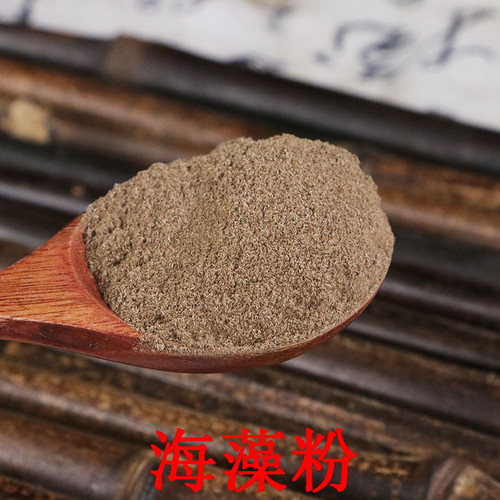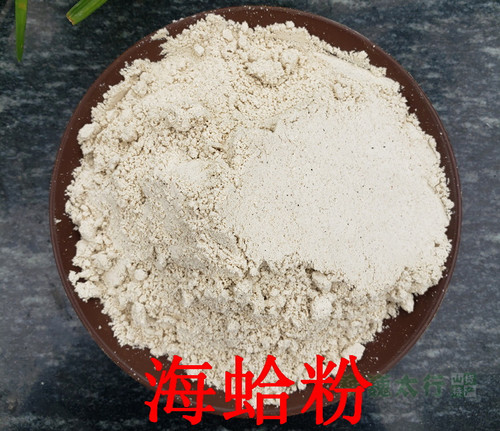Product Overview
Parts used: Dried ripe seed
TCM category: Cool herbs that transform Phlegm and stop Cough
TCM nature: Cold
TCM taste(s): Sweet
Meridian affinity: Large intestine Lung
Scientific name: Sterculia lychnophora, Scaphium affine
Other names: Boat fruited sterculia
Use of malva nuts (Pang Da Hai) in TCM
Please note that you should never self-prescribe TCM ingredients. A TCM ingredient is almost never eaten on its own but as part of a formula containing several ingredients that act together. Please consult a professional TCM practitionner, they will be best able to guide you.
Preparation: Remove impurities and dry. Careful not to soak in water.
Dosage: 2 to 3 pieces
Main actions according to TCM*: Removes Heat from the Lungs. Cures sore throat. Fights toxicity and relaxes the bowels.
Primary conditions or symptoms for which malva nuts may be prescribed by TCM doctors*: Dry mouth Dry cough Sore throat Constipation
Common TCM formulas in which malva nuts are used*:
For Lung Qi deficiency with Heat with symptoms of hoarseness and painful red throat combine malva nuts with ningpo figwort roots (Xuan Shen).
Key TCM concepts behind malva nuts (Pang Da Hai)'s properties
In Traditional Chinese Medicine (TCM), malva nuts are plants that belong to the 'Cool herbs that transform Phlegm and stop Cough' category. In TCM Phlegm is a condition of Stagnation of Fluids which tends to start in the Spleen and then goes to the Lungs. If this overly accumulates it thickens and becomes pathological Phlegm. Phlegm, being a form of Stagnation, often starts as being Cool and transforms to Hot as the condition progresses. The herbs in this category are Cold in nature so they treat the later stages of the Stagnation: Hot and Dry-Phlegm with symptoms such as cough, goiter or scrofula.
As suggested by its category malva nuts are plants that are Cold in nature. This means that malva nuts typically help people who have too much "heat" in their body. Balance between Yin and Yang is a key health concept in TCM. Those who have too much heat in their body are said to either have a Yang excess (because Yang is Hot in nature) or a Yin deficiency (Yin is Cold in Nature). Depending on your condition malva nuts can help restore a harmonious balance between Yin and Yang.
Malva nuts also taste Sweet. The so-called "five elements" theory in Chinese Medicine states that the taste of TCM ingredients is a key determinant of their action in the body. Sweet ingredients like malva nuts tend to slow down acute reactions and detoxify the body. They also have a tonic effect because they replenish Qi and Blood.
The tastes of ingredients in TCM also determine what organs and meridians they target. As such malva nuts are thought to target the Large intestine and the Lung. In TCM the Large Intestine receives the "impure" parts of the digested food from the Small Intestine, absorbs the remaining fluids and excrete the remainder as feces. In addition to performing respiration, the Lungs are thought to be a key part of the production chain for Qi and the body fluids that nourish the body.
Use of malva nuts (Pang Da Hai) as food
Malva nuts are also eaten as food. It is used as an ingredient in dishes such as Nuoc Hot E Duoi Uoi (Thai Basil Seed Drink with Malva Nut).






